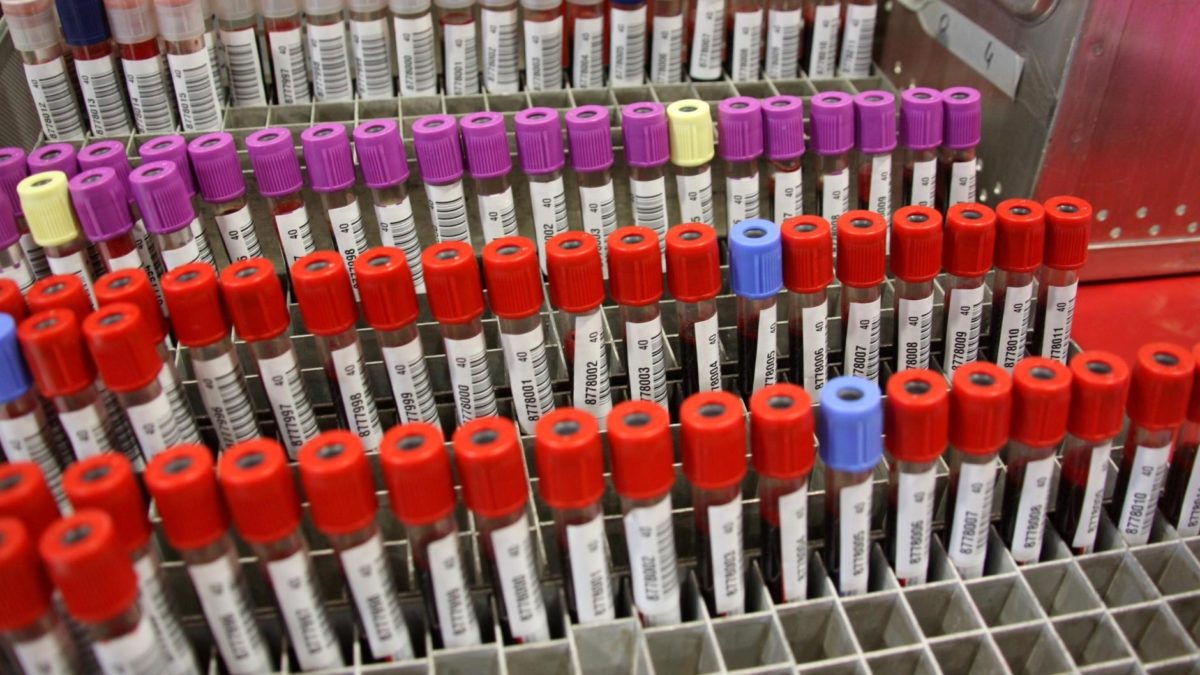Why donating blood is a true act of human kindness
Syringes, needles and the sight of blood – the definition of a nightmare for many people. Admittedly, getting a long needle inserted into your vein and seeing your own blood run into a bag can be terrifying. What I’ve just described to you is everyday life for our silent heroes. Those who don’t wear capes – those who donate blood and save thousands of lives.
Can I give blood?
If you’ve decided to donate blood, congrats! You’ve already made the first step into the right direction. Fortunately, there aren’t too many prerequisites you need to fulfill. Firstly, you have to be fit and healthy, which seems obvious. A minimum weight of 50 kilograms is required, otherwise your body couldn’t cope with the missing amount of blood. Be careful if you’re pregnant or have recently traveled to a foreign country (especially tropical regions with diseases like malaria). To really be on the safe side, donors fill out a detailed questionnaire about personal data which is then thoroughly examined by a doctor during a preparatory conversation. Unfortunately, due to the current legal situation, some people (like queer men or trans people) are excluded from donating blood. Make sure to eat and drink sufficiently on the day of your donation to avoid fainting. In the aftermath, you mustn’t do any kind of physically exhausting activity.
What happens to my blood?
The process of donating itself takes only ten minutes. A blood pressure cuff helps the nurses find a suitable vein where they insert the needle. This is nowhere near as painful as people always imagine. Next, approximately 500 milliliters are extracted. This is quite a lot, considering that an ordinary person has a total of 4.5 to 6 liters of blood running through their veins. Afterwards, the blood is split up into its components in a centrifuge and examined for diseases in a laboratory. Plasma makes the biggest part and is used to fabricate different kinds of medicines. Erythrocytes, the red blood cells, help people who have lost lots of blood due to accidents or during surgery. Platelets, causing the blood to clot, are indispensable for cancer treatment. As all three parts are included in your blood, a single donation makes you a triple lifesaver!
Who will receive my blood?
In the USA, 36.000 donations are needed – every day! Especially cancer patients depend on them, as platelets are used for chemotherapy. The second group of recipients suffer from severe cardiac or intestinal diseases, followed by injuries caused by accidents. Hospitals are in urgent need of blood type 0 rhesus-negative because it’s regarded as universally compatible. To be precise, everyone can receive a donation of this type regardless of their own. Statistically, everyone needs one blood donation in the course of their life on average. But did you know that you can also donate blood to yourself? Sounds strange but it’s possible if surgery is performed on you. In this case, you can be 100 percent sure that your body won’t reject the donation. In the end, it doesn’t matter who receives your blood. The only thing that counts is the fact that you will save someone’s life. If this isn’t the best reward, what is?
Author: Chiara Ferner

